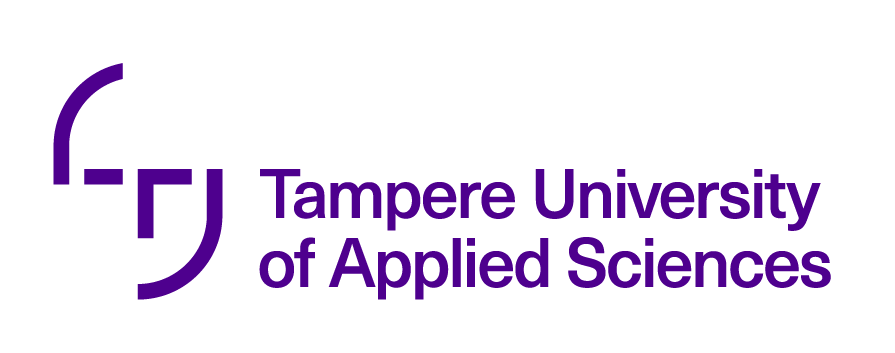Textile Quality and Testing (4 cr)
Code: 5M00FX46-3001
General information
Enrolment period
22.11.2023 - 12.01.2024
Timing
01.01.2024 - 30.04.2024
Credits
4 op
Mode of delivery
Contact teaching
Unit
Textile and Material Engineering
Campus
TAMK Main Campus
Teaching languages
- English
Seats
30 - 30
Degree programmes
- Cross-study in the Tampere Universities Community
- Bachelor's Degree Programme in Textile and Material Engineering
Teachers
- Marja Rissanen
- Minna Varheenmaa
- Maria Änkö
Person in charge
Marja Rissanen
Groups
-
22TEMA
Objectives (course unit)
The student is aware of different kind of quality properties of textiles and has versatile understanding of various textile testing methods.
The student understands the importance of textile quality.
The student knows how to choose the right kind of textile material based on the quality characteristics of the product.
The student is aware of the purpose of the quality test result value and its correlation into practic.
Content (course unit)
- Standards, principles and effects of test conditions in measuring physical and mechanical properties of textile fibers, yarns and materials.
- Statistical evaluation methods
- Different testing methods
- Quality assurance
Further information (course unit)
The course includes a textile laboratory part, where students get to know basic testing methods in practice.
Assessment criteria, satisfactory (1-2) (course unit)
Knowing
The student knows the basics of textile testing methods and quality properties.
Acting:
The student manages the assigned tasks under supervision/assistance.
Being:
The student takes his/her responsibility for studying and is capable of working in a group. The student can give and take feedback.
Assessment criteria, good (3-4) (course unit)
Knowing: The student understands well the textile testing methods and quality properties. The student can independently explain the methods and compare the test results. The student is aware of the quality requirements of textiles and can choose a right quality testing method according to the materials end use requirements.
Acting:
The student is able to apply his / her knowledge and perform basic and more demanding tasks.
Being:
The student can give and receive feedback actively and constructively, can cooperate responsibly and is ready to develop his/her interaction skills. The student recognizes and follows the important courses of action in the field. The student takes responsibility and commits to the group activities in addition to his/her own work.
Assessment criteria, excellent (5) (course unit)
Knowing: The student has a comprehensive understanding of textile quality and testing methods. The student can apply his/her knowledge in this field. The student understands the quality requirements at more advanced level.
Acting: The student can search for diverse solution alternatives, justify his/her choices, assesses new solution alternatives, combines solution alternatives creatively or creates new ones. The student can solve challenging and applied tasks.
Being: The student can cooperate responsibly, flexibly and constructively, develops his/her own and the group's interaction, works responsibly and in a committed manner considering the community and field requirements.
Location and time
Periods 3 and 4
On site in Kauppi campus
Exam schedules
Given separately in Moodle
Assessment methods and criteria
Exercise report
Assessment scale
0-5
Teaching methods
Lectures, discussions, group laboratory exercises work, company visits and visiting lectures
Learning materials
Lecture notes
Literature:
- Saville, B.P. (1999). Physical Testing of Textiles. Woodhead Publishing.
- Smith, David J. (2022). Reliability, Maintainability and Risk - Practical Methods for Engineers (10th Edition). Elsevier.
Student workload
4 credits: 106 hours
Contact teaching: 40 hours (lectures, exercises, visits)
Independent learning: 66 hours
Assessment criteria - fail (0) (Not in use, Look at the Assessment criteria above)
The tasks are not returned in the given timetable.
Assessment criteria - satisfactory (1-2) (Not in use, Look at the Assessment criteria above)
Knowing : The student knows the basics of textile testing methods and quality properties.
Acting: The student manages the assigned tasks under supervision/assistance.
Being: The student takes his/her responsibility for studying and is capable of working in a group. The student can give and take feedback.
Assessment criteria - good (3-4) (Not in use, Look at the Assessment criteria above)
Knowing: The student understands well the textile testing methods and quality properties. The student can independently explain the methods and compare the test results. The student is aware of the quality requirements of textiles and can choose a right quality testing method according to the materials end use requirements.
Acting: The student is able to apply his / her knowledge and perform basic and more demanding tasks.
Being: The student can give and receive feedback actively and constructively, can cooperate responsibly and is ready to develop his/her interaction skills. The student recognizes and follows the important courses of action in the field. The student takes responsibility and commits to the group activities in addition to his/her own work.
Assessment criteria - excellent (5) (Not in use, Look at the Assessment criteria above)
Knowing: The student has a comprehensive understanding of textile quality and testing methods. The student can apply his/her knowledge in this field. The student understands the quality requirements at more advanced level.
Acting: The student can search for diverse solution alternatives, justify his/her choices, assesses new solution alternatives, combines solution alternatives creatively or creates new ones. The student can solve challenging and applied tasks.
Being: The student can cooperate responsibly, flexibly and constructively, develops his/her own and the group's interaction, works responsibly and in a committed manner considering the community and field requirements.
